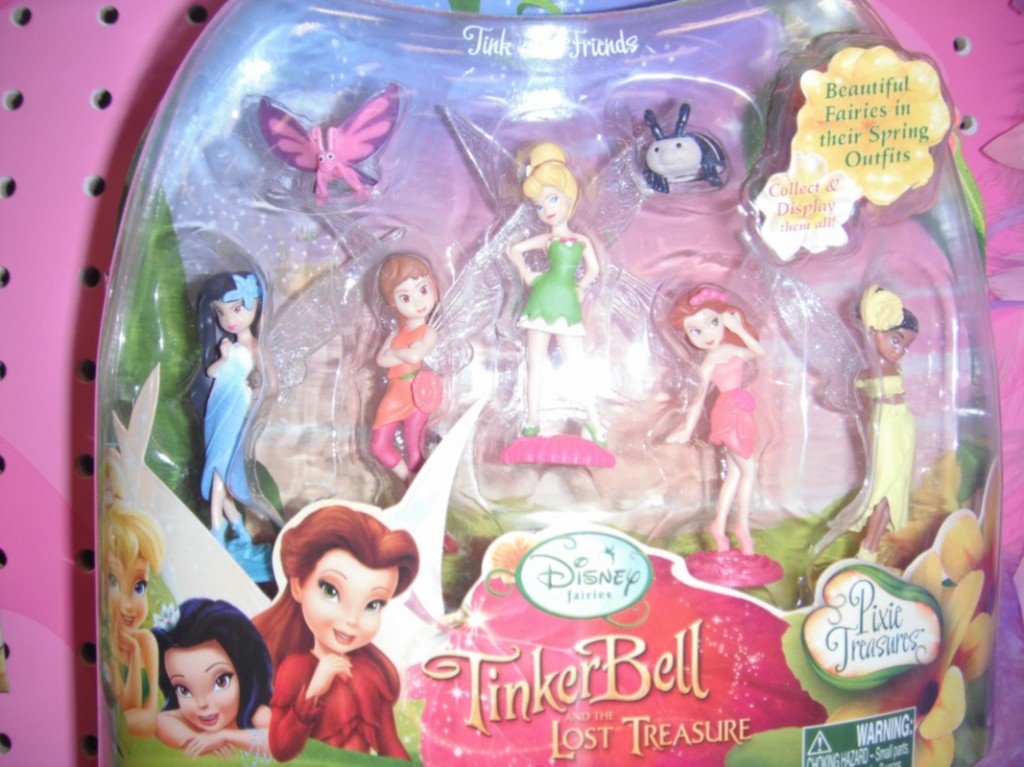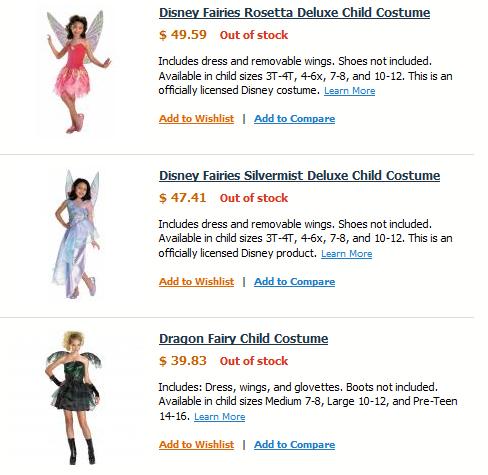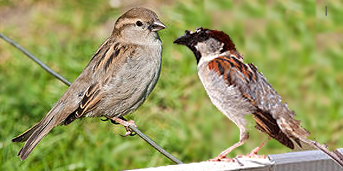Ryan was browsing the Walmart website for a toy for his soon-to-be one-year-old child and happened upon this play cop car:
Both boys and girls can aspire to be cops, of course, but the specifications on the product insist that it is for boys:
See also our post in which the exact same toy is marketed to boys as a doctor’s kit and to girls as a nurse’s kit.
—————————
Lisa Wade is a professor of sociology at Occidental College. You can follow her on Twitter and Facebook.












